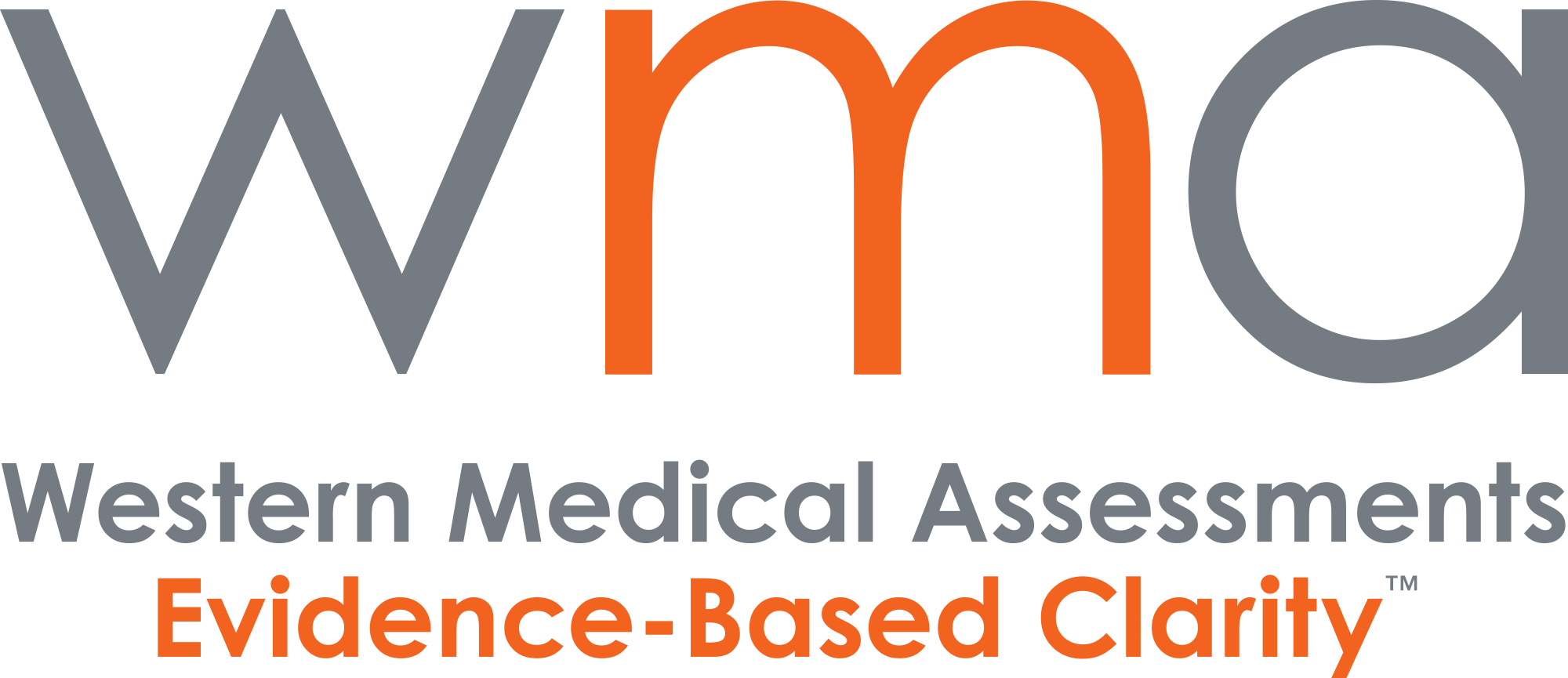June 6, 2023 from Medscape
A growing number of nations have legalized medical cannabis (MC) and cannabis-based medicines (CbMs), evading the traditional regulatory drug approval processes. It is still debatable how CbMs and MC should be used to treat chronic pain. Several comprehensive analyses of a small number of randomized controlled studies have shown conflicting results regarding their effectiveness in the treatment of chronic pain.
Safety worries are becoming more prevalent, with a focus on the growth of cannabis use disorder (CUD), which has the potential to lead to an MC epidemic. The International Narcotics Control Board (INCB) Report of the United Nations stated that dependence is a likely result of everyday MC usage, with this risk probably as high as 1 in 3 people. These worries are primarily supported by data from cannabis use for recreational purposes.
According to the criteria of the Diagnostic and Statistical Manual (DSM) of the American Psychiatric Association (APA) and the International Classification of Diseases (ICD) of the World Health Organisation (WHO), only a small number of studies have examined the prevalence of CUD in patients with chronic pain to date. The use of centrally acting medications for illnesses when used therapeutically under clinical supervision is not expressly addressed by these classification systems.
The American Psychiatric Association made no mention of the use of CbMs and MC but specifically argues that these criteria are inappropriate for individuals taking opioids under good medical supervision. Additionally, the ICD 11 version for patients being treated by a licensed practitioner does not include tolerance or withdrawal symptoms as diagnostic criteria for opioid dependency. In contrast, these standards stay the same for patients receiving CbM or MC.
The validity of the ICD and DSM criteria to identify misuse and dependency when CbMs and MC are prescribed for chronic pain is also called into question by the phenomenon of pseudoaddiction. Patients may engage in abnormal or problematic drug use behaviours, such as using more medication than is recommended or failing in attempts to cut back on use, in order to have better pain relief. In a study of patients given opioids for pain associated with sickle cell disease, 31% of the sample fulfilled the DSM-IV criteria for substance dependency; however, when the diagnosis was limited to non-pain-related behaviours, this figure fell to 2%.
For prescribed centrally acting medications, however, there is a possibility of abuse being concealed or masked when patients are evaluated over the phone or in person. For these reasons, medical organizations have recommended additional methods such as urine tests for illegal drugs to evaluate CbM and MC abuse/dependence.
=================================================================
Considering an IME or document review to resolve an insurance claim, legal file, or workplace health and safety issue?
Our specialists provide evidence-based opinions, so get in touch with Western Medical today to learn more about our services.

